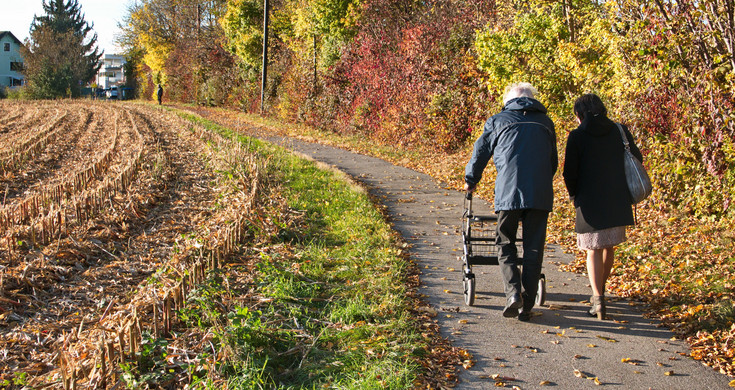
Growing life expectancy and increasingly complex national and international migration lead to population changes concerning number, age, gender and ethnic composition. These development trends are collectively addressed as demographic change.
The latter induces changes in the way of life and household types. These changes together with the increasing diversity of demands of different groups of people and the varied quantitative population development depending on the spatial type imply challenging tasks for spatial planning.
In rural areas these tasks include among others demand-oriented planning for infrastructure and dealing with volunteering in the hierarchy of public service provision. It also includes looking for approaches to maintain the attractiveness of rural areas as places to live and work, and as living environment for young people, against the background of a multi-local way of living. Growing urban have to tackle issues of new and affordable housing, inter-generational participative neighbourhood development as well as integration.
For further information please contact Mag. Dr. Tatjana Fischer
Exemplary publications
Danielzyk, R., Dittrich-Wesbuer, A., Duchene-Lacroix, C., Fischer, T., Hilti, N., Perlik, M., Petzold, K., Ritzinger, A., Scheiner, J., Sturm, G., Tippel, C., Weiske, Ch. (2016): Multilokale Lebensführung und räumliche Entwicklungen . Positionspapier aus der ARL 104, 23, Verlag der Akademie für Raumforschung und Landesplanung, Hannover; ISBN: 1611-9983.
Fischer, T. (2016): Zur Zukunft des Altseins auf dem Land. Informationen zur Raumentwicklung, Heft 2.2016, 237-248; ISSN 0303-2493.
Fischer, T., Weber, G. (2014): Mobility, Diversity, Identity: Challenges of Young Women in Rural Areas in Austria. In: Bonifacio, G. T., Gender and Rural Migration: Realities, Conflict and Change. Routledge Research in Gender and Society 38, pp. 61-82; Routledge, New York; ISBN 978-0-415-81738-7.
